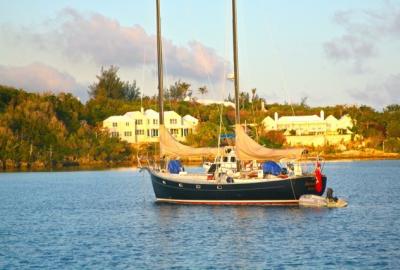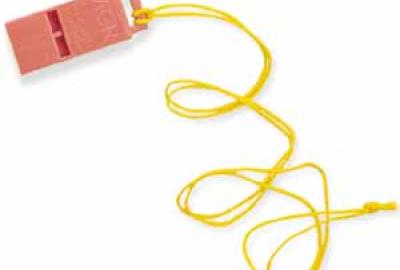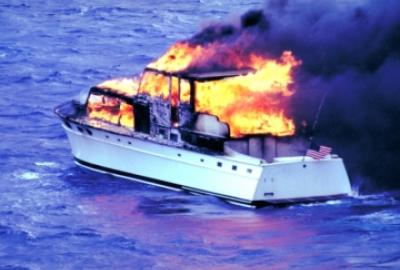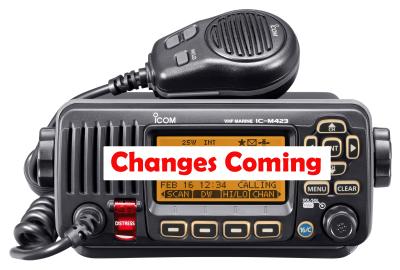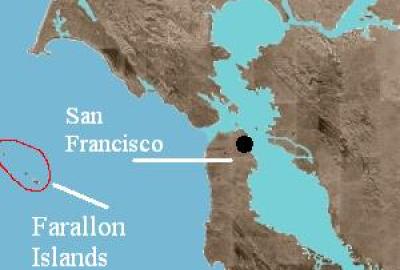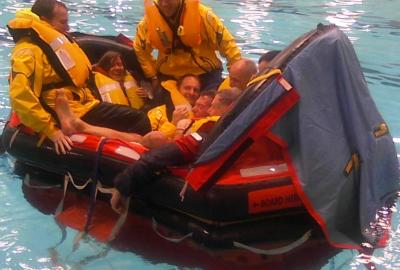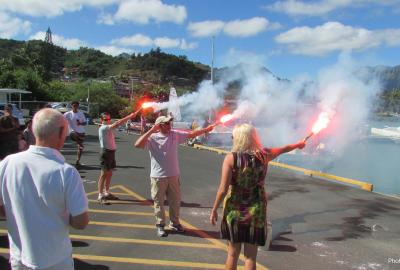Dinghy Safety Checklist
It only takes a few minutes to verify that your dinghy is "good to go."
USCG Federal Requirements - IMPORTANT NOTE: States may have additional requirements for registration of all types of boats and young passengers, including young operators of propelled dinghies




